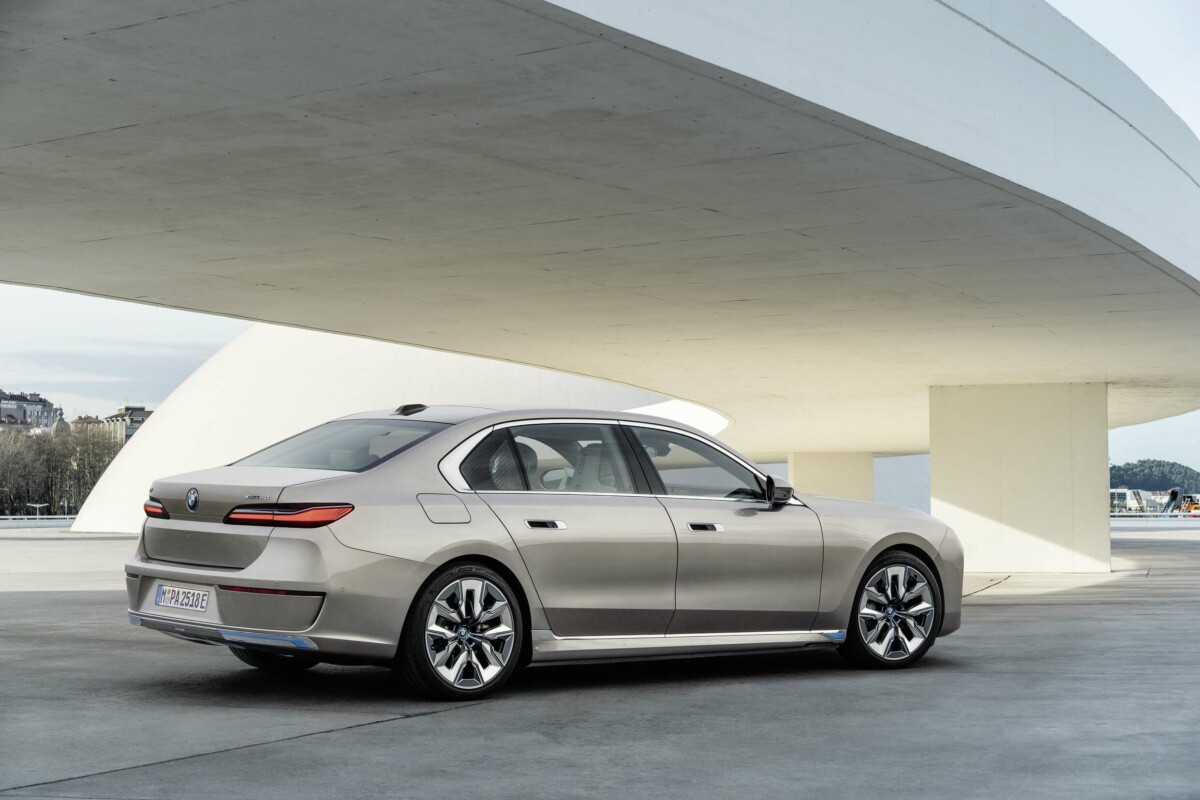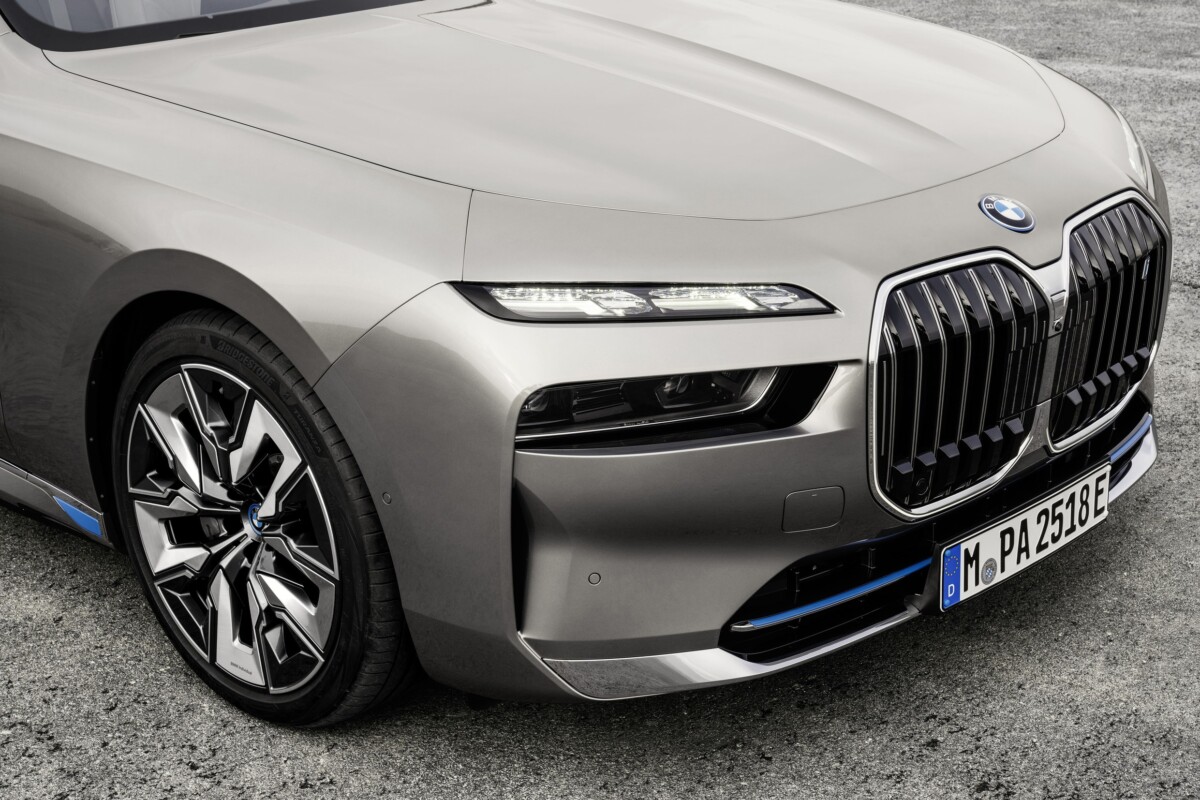BMW would be working on a system of suspensions capable of generating electricity when requested. This is only a project for the time being, which could very well end up seeing the light of day in the next few years on electric cars.
If the electric car is developing more and more, there is still one aspect that slows down many motorists: autonomy. Fortunately, this should become more and more anecdotal over the years, as cars can travel greater distances on a single charge, with some batteries able to travel up to 1,000 kilometers. Not to mention the increasingly developed network of terminals. But the brands are also working on the development of new technologies, making it possible to optimize energy and avoid losses.
An interesting idea
For many years now, hybrid and electric cars have been equipped with braking energy recovery systems. Concretely, and to sum up simply, the kinetic energy usually lost during deceleration is here recovered and transformed into electricity thanks to the electric motor which turns in reverse, then directly supplying the battery. But some want to go even further, while other elements generate energy that ends up evaporating and is therefore wasted.
This is particularly the case of BMW, which has just filed a patent application after German authorities for an innovative technology. As the site explains Car Buzzthe German firm is indeed currently working on the development of a system using the suspensions to create energy.

Unlike regenerative braking which works only in the deceleration phases, the technology developed by the brand with the propeller works continuously when the car is rolling. In effect, this time it is the suspensions that are used to generate electricity.
Typically, the energy produced when going over imperfections is then absorbed by the damper and then dissipated as heat. As a result, she is then lost. If some companies have already taken an interest in this problem, BMW’s approach is a little different from what has already been proposed, in particular by the company Gig Performance.
Soon on a series model?
But then, how does this system work? Truth be told, it’s quite simple. A small generator is installed on the chassis, connected to a one-way clutch. This is then driven by a disc coupled to an arm directly connected to the suspension. During compression, it twists and spins the disc. When the wheel comes down, the principle is similar, except that the clutch this time drives a system of gears, which powers the small generator.
The choice to use only the last part of the suspension movement is explained by a slightly longer duration, allowing the energy to be transferred more efficiently. This can then be stored in a small 12 volt battery or sent directly to the car’s traction battery to increase range. The impact on this has not been specified, but it is expected that it will remain quite negligible.

For the time being, this project is only in its infancy, and it should be remembered that a patent filing does not always mean that a technology will really see the light of day. Nevertheless, it is quite likely that it will one day land on production models, probably starting on the BMW i7 capping the range.
As explained Electrek, it could then be an option available on subscription, as the brand is used to doing. For example, it is possible to buy heated seats for around twenty euros per month. For its part, Mercedes offers an annual subscription to increase the performance of its electric models, namely the EQE and EQS sedans and SUVs.
To follow us, we invite you to download our Android and iOS application. You can read our articles, files, and watch our latest YouTube videos.
